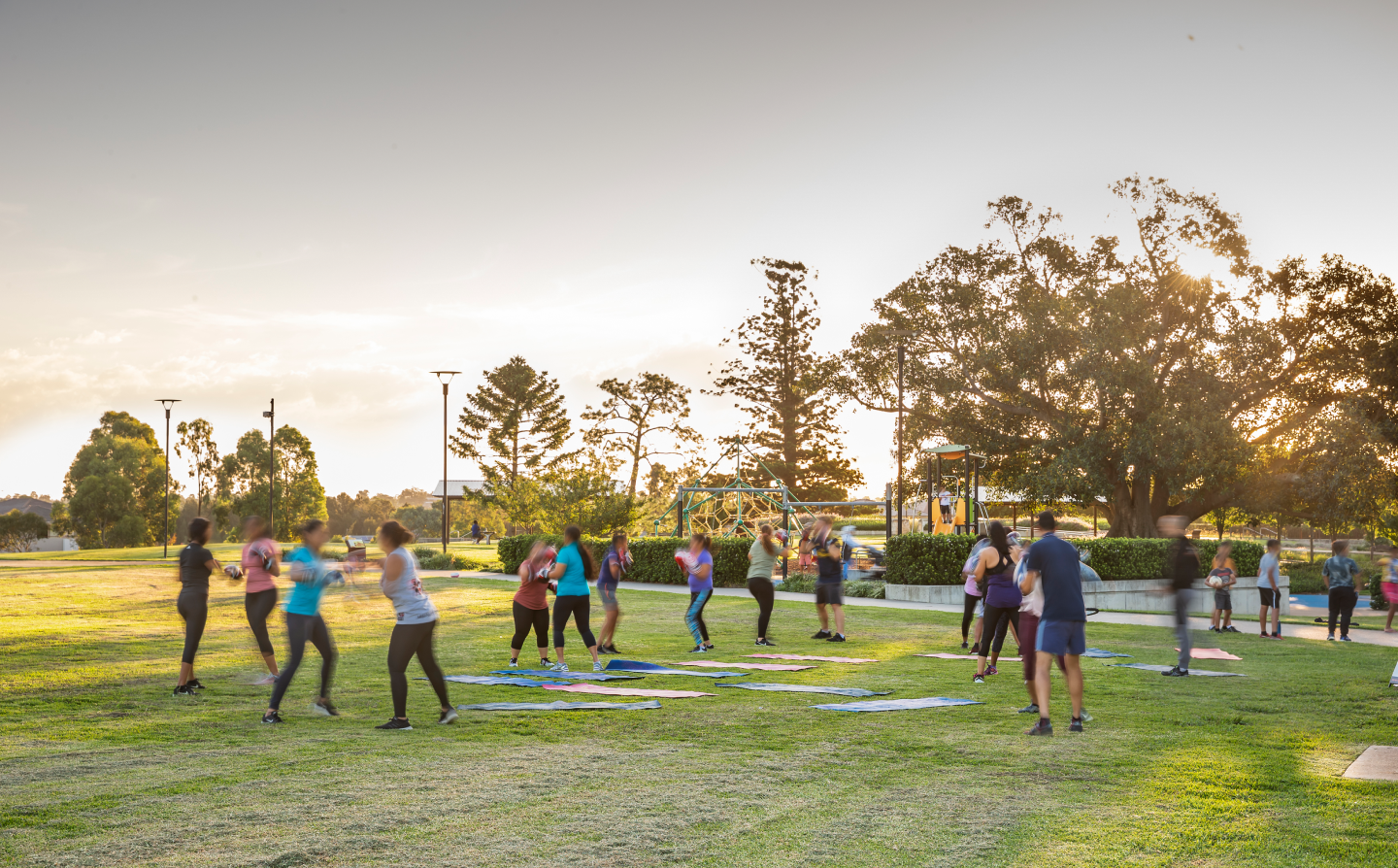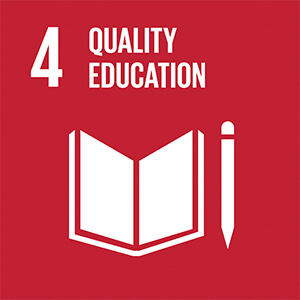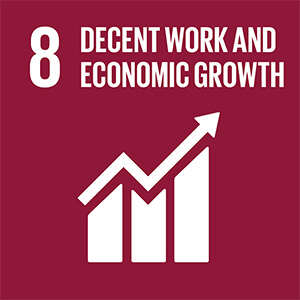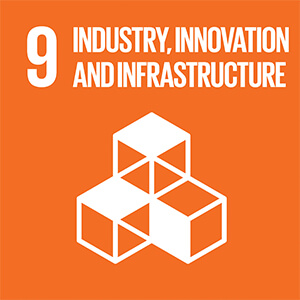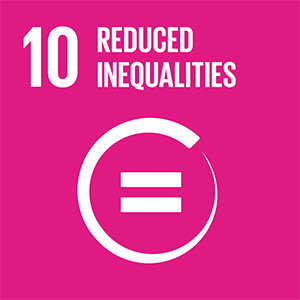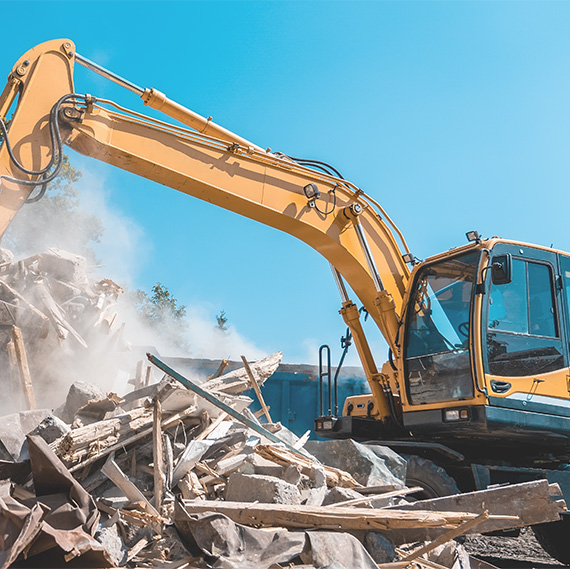Overview
Landcom’s Productive Places pillar is focused on a leadership goal to ‘contribute to the global innovation economy by enabling over 30,000 new jobs by 2036’. This is our economic pillar committed to delivering places that will be productive and engaging for those that live there.
This leadership goal was developed to reflect Landcom’s commitment to economic development, strengthening technology infrastructure and advancing equitable opportunities for skills development and education.
Landcom addresses the enablement of jobs and innovation through the following focus areas:
- Training & Employment
- Innovation
Each of these focus areas includes a suite of targets to measure our success.
Case Studies
Management Approach
Our leadership goal to enable 30,000 jobs across our communities by 2036 is in direct response to the broader NSW government objectives. By 2036, the Greater Cities Commission forecasts the Sydney region alone will need 817,000 new jobs. As part of Landcom’s mandate we support these targets by developing great places and mixed-use communities where people can work, live and play.
In FY18 our Economic Development Working Group released an approach for overcoming the challenge of consistently and effectively calculating our efforts to enable enduring local jobs. We use proxy employment ratios, developed through detailed research and benchmarking, attributed to various land uses based on m2 gross floor area. Examples of land uses included are commercial, retail, industrial, community, cultural, tourism, health services, education, storage, hotel, serviced apartment, student housing and residential. As jobs creation is a long term goal for Landcom, we report our performance based on the FY actuals, and forecast jobs created for the life of a project.
This gives us a clear indication of whether we are on track to meet our 2036 target.
In FY19 Landcom’s methodology was also adopted across the NSW Government’s Common Planning Assumptions Group (CPAG), influencing a consistent government wide approach.
We also contribute to advancing education and skills development across our communities. We work with industry and registered training organisations to develop programs that address specific skills requirements of locals and provide training opportunities and employment pathways for those experiencing low or long-term unemployment. We also collaborate with schools and other educational institutions to deliver learning and youth engagement programs that are aligned with the NSW primary and secondary curriculum.
For Landcom’s FY23 performance for enabling jobs and providing local training and employment outcomes see Training & Employment Performance Results.
Landcom has a long history of leading research and innovation that advances the property and development industry and future-proofs our communities. Landcom addresses emerging technologies in our Innovation focus area. Currently we are seeking to roll out smart technology to our new communities in the form of electric vehicle (EV) rapid charge stations, exploring opportunities to embed car sharing schemes within our communities and designing an electrical grid that can support all-electric delivery across precincts.
We see these initiatives as future-proofing communities, improving their resilience, reducing inequalities and ensuring early adoption of future technologies.
Ultimately, the provision of EV chargers throughout Landcom communities improves resilience, reduces greenhouse gas emissions, and reduces transport related cost of living expenses for residents. These targets also contribute to Landcom’s low- carbon transport approach, including accessibility to public transport, walkable and cycling- friendly neighbourhoods (see Health, Equity & Inclusion, Community Connection & Safety).
Finally, in order to lead innovation at scale, Landcom is designing and constructing a demonstration home over FY24 at our North Wilton 6 Star Green Star community, Panorama. Our aim is to highlight the key features of a home that make it sustainable (such as insulation, glazing, solar PV, EV chargers, orientation and energy efficiency) and show these aspects to potential customers.
This project will be done in partnership with a volume home builder and be used as a signal to other volume home builders within the estate that sustainability needs to be a focus at scale. The demonstration home will be presented in combination with our Selling Green Communities program that articulates the financial, health and well-being benefits of living in an all-electric, Green Star community.
Landcom’s approach to research is purposefully designed to continue to deliver on our Strategic Directions for:
- Housing – increasing the affordability, supply and diversity of housing
- Partnerships – partnering with others to unlock development opportunities and improve delivery
- Affordability – demonstrating excellence in sustainable development and planning practices.
In FY23 we began to scope new opportunities for further refinement and investment to support our 2028 leadership goal of enabling carbon neutral, zero waste, water positive and net positive ecological outcomes. In particular, we have identified pilot projects to:
- test the methods of revegetation and restoration in the context of a changing climate for key habitat and species
- assess and evaluate the upfront carbon within homes to understand the types and quantities of materials and identify opportunities to reduce carbon across our portfolio
- explore what strategies Landcom would need to adopt to build water positive and water efficient communities.
| Current | New |
|---|---|
| Contribute to a global innovation economy by enabling 30,000 enduring jobs for the future by 2036 | |
| Projects to engage and foster education, learning or employment outcomes via activities or initiatives, based on identified needs of the local and regional community | Local learning and employment opportunities supported across a range of needs. |
| Measure and report annual investment in research and development | |
| Greenfield/regional: new communities provide electric vehicle chargers to service a minimum 10% total dwellings (as either publicly accessible or private use) | 100% of new dwellings are EV ready. |
| Urban Renewal/high density: provide a minimum 10% parking yield, per parking lot, as EV charge station ‘turn key’ ready at development completion | |
| Key open spaces to provide free wifi access | Retire |
Performance Results
See below our performance results for each of the reporting areas within our Productive Places Pillar.
- Jump to:
- Training & Employment
- Innovation
Training & Employment
Targets
Performance
To contribute to a global innovation economy by enabling 30,000 enduring jobs for the future of 2036
Performance
Cumulative jobs enabled
FY22 Performance
3,800
(Over 30,000 projected by 2036)FY23 Performance
9,111
(Over 30,000 projected by 2036)Targets
Projects to engage and foster education, learning or employment outcomes via actives or initiatives, based on identified needs of the local and regional community
Performance
FY22 Performance
Engaged over
7,300
students across our Skills Exchange, research and excursion programsFY23 Performance
Engaged over
346
students across our excursion programsLandcom is on track to meet our commitment to enable 30,000 enduring jobs by 2036. FY23 in scope projects include SMNW Places program, Macarthur Gardens North and Fennell Bay as well as our Panorama project at North Wilton, which was announced in FY21 and is forecast to make a substantial contribution to Landcom meeting this goal.
These forecasts will continue to be subject to change as future projects remain in the planning phase and we respond to market demand.
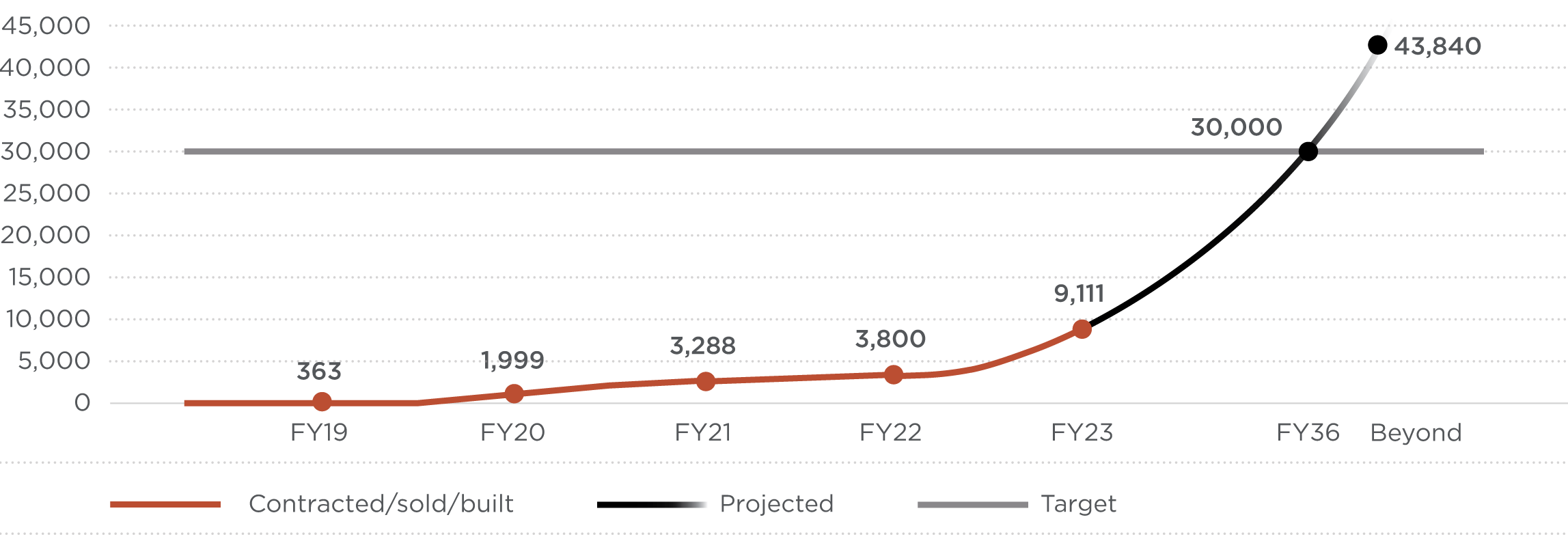
In total, Landcom staff engaged over 346 primary students throughout the reporting period, as part of our contributions to school educational programs.
Landcom commenced a new partnership with Keep Australia Beautiful in FY23 to deliver waste education programs in schools in our communities. Keep Australia Beautiful is an advocate and education charity working towards raising awareness amongst communities on keeping environments clean and beautiful. The program called EnviroMentors, aims to positively impact and educate students about waste and recycling and has two school-based interventions throughout the year, as well as a bespoke community activation at the end of the year.
Blairmount Public School in Claymore, participated in the incursion with 51 students participating in the education workshops. 26 of those students also participated in a waste audit which showed that food scraps and soft plastics were the most common materials found in the bins. Keep Australia Beautiful provided a landfill diversion guide to students and teachers with suggestions on how to divert waste from landfill.
In FY23 Landcom commenced a new partnership with Keep Australia Beautiful to deliver waste education programs in primary schools.
In FY23 Landcom continued our partnership with National Theatre for Children, focused on building mental resilience in primary school aged children.
The ‘Mind Masters’ live performance and follow up in class activations were delivered in one primary school in FY23 which is located in the suburb of Claymore where Landcom is rebuilding a residential community. The program uses a combination of live theatre performance and student engagement to promote concepts and practices to enable good mental health.
Designed with a clinical psychologist the Mind Masters program complements the NSW curriculum. This year it built on sessions that were delivered digitally in FY21 and FY22, so that students were exposed to multiple teaching points over time, such as mindfulness, stress, resilience, and the link between mental and physical health.
The FY23 program reached a total of 295 students and the impact measurement we will undertake in FY24 through pre and post testing, will aim to achieve positive outcomes for the students across several key areas such as stress, resilience, physical health, mindfulness, and overall impact.
See our National Theatre for Children Case study here.Innovation
Targets
Performance
Measure and report annual investment in research and development
Performance
FY22 Performance
$116,480
cashFY23 Performance
$157,847
cashFY22 Performance
$19,448
in-kindFY23 Performance
$12,209
cashAll project teams engaged in the Landcom Roundtable ‘Community of Practice’ programs
FY22 Performance
N/AFY23 Performance
N/A1Greenfield/regional: all new communities provide electric vehicle chargers to service a minimum 10% total dwellings (as either publicly accessible or private use)
Urban Renewal/High Density: provide a minimum 10% parking yield, per parking lot, as EV Charge Station ‘turn-key’ ready at development completion
Performance
FY22 Performance
100%
of projects in scopeFY23 Performance
100%
of projects in scopeKey open spaces to provide free Wi-Fi access
Performance
FY22 Performance
100%
of projects in scopeFY23 Performance
No projects in scope1 Similar to FY22, due to the closure of the Roundtable, no project teams engaged in the Community of Practice in FY23.
In FY23, Landcom started a partnership with the University of Wollongong to quantify the carbon and cost benefits of deconstructing and diverting waste resources from an old hospital site in Bulli. The research aims to demonstrate that viable alternatives to demolition and waste sorting exist – for example materials reuse onsite and diversion to secondary markets. For more information, see Case Study: Exploring the benefits and costs of deconstruction.
Landcom also commissioned industry research by AECOM to investigate what underpins quality and affordable compact communities. This research focuses on alternatives to detached homes on large lots, while maintaining the amenity these typically offer (e.g., backyards and gardens). Landcom intends that our research investment helps shift our product delivery without compromising on customer demands to address the housing and affordability crisis across NSW.
More compact communities can also result in reduced upfront carbon, a reduction in material waste through good design and facilitate a larger proportion of natural areas and open space, supporting improved biodiversity outcomes. We anticipate sharing outcomes from this research in FY24.
Finally, Landcom have codesigned a brief evaluating the upfront carbon in class 1a buildings1, with the Green Building Council of Australia. The research will look at the complex supply chains of class 1a homes and identify opportunities to reduce upfront carbon with engagement from the homes building industry. This research is expected to commence in early FY24.
_________________________
1 A Class 1a building is defined by the NCC (National Construction Code) as a single dwelling being a detached house; or one of a group of attached dwellings being a town house, row house or the like.
In FY23 Landcom had four projects in scope for our targets related to the provision of electric vehicle (EV) rapid charge stations or shared charging points. This target includes the SMNW Places precincts Hills Showground, Cherrybrook and Norwest, as well as Macarthur Gardens North which have all established contract conditions of sale to deliver against these targets. New projects including Bulli and Hillsborough will include this target, but as they are still in design, they are not in scope for this year.
In FY23, Landcom purchased two EVs – a Hyundai Kona and a Mitsubishi Outlander. These two vehicles are expected to reduce our fuel consumption as an organisation and continue to drive down our emissions. We also anticipate using these EVs to educate our staff about the benefits of EVs with the hope of encouraging and driving a higher uptake within our communities.
There were no projects in scope for this target during the reporting period. Hillsborough and Bulli fall outside the scope of this target, as they do not have sufficiently large community open spaces to warrant or draw demand for public Wi-Fi. The SMNW Precinct Cherrybrook, Fennell Bay, Wentworth Point and North Tuncurry are still within planning and are therefore out of scope. These sites will explore opportunities to respond to this target as planning progresses.
